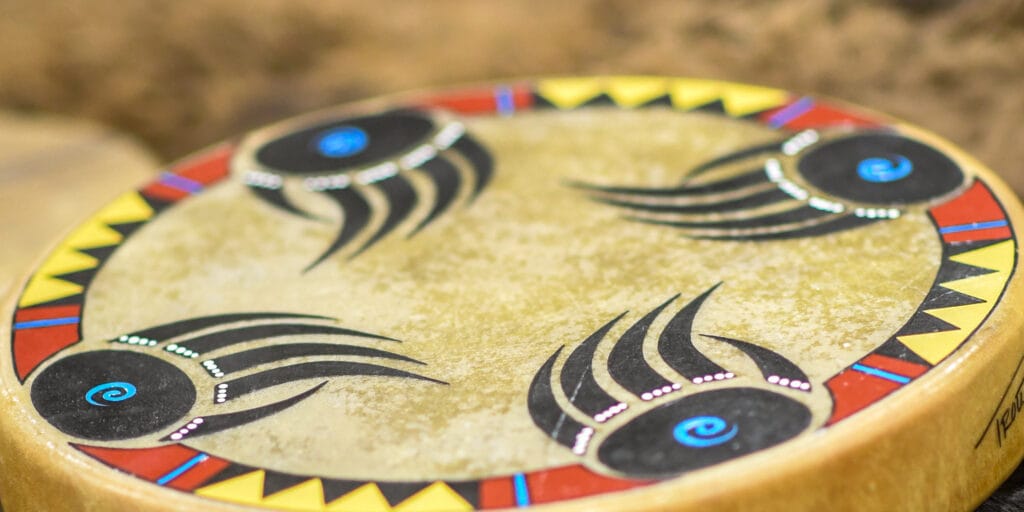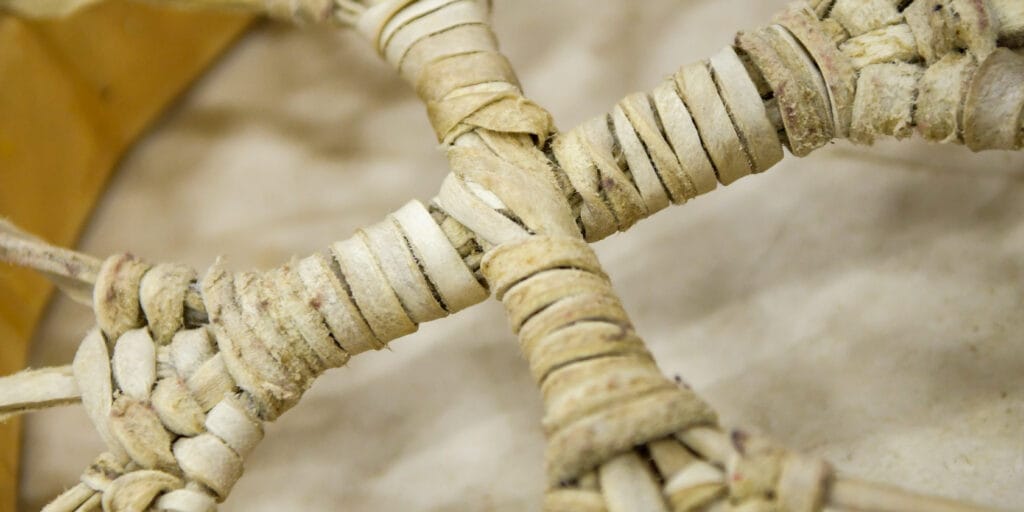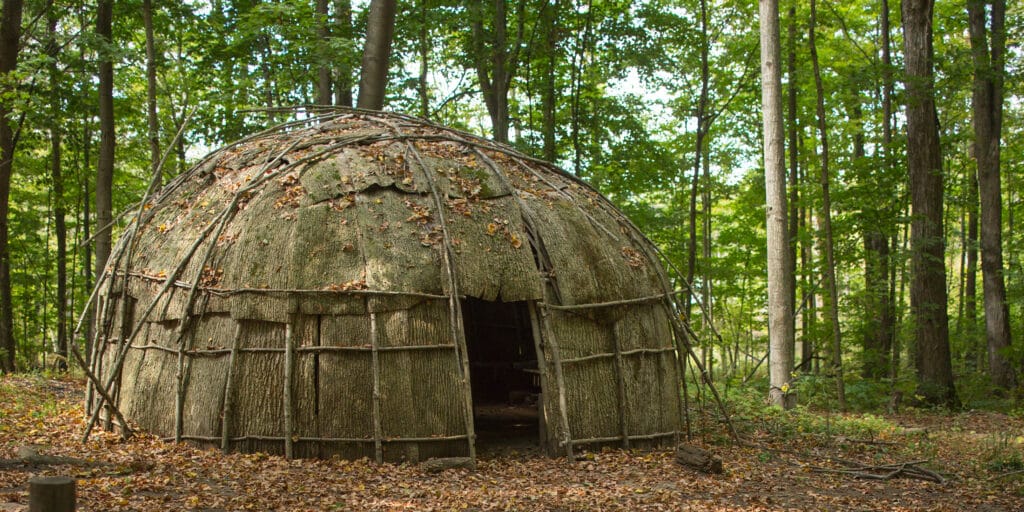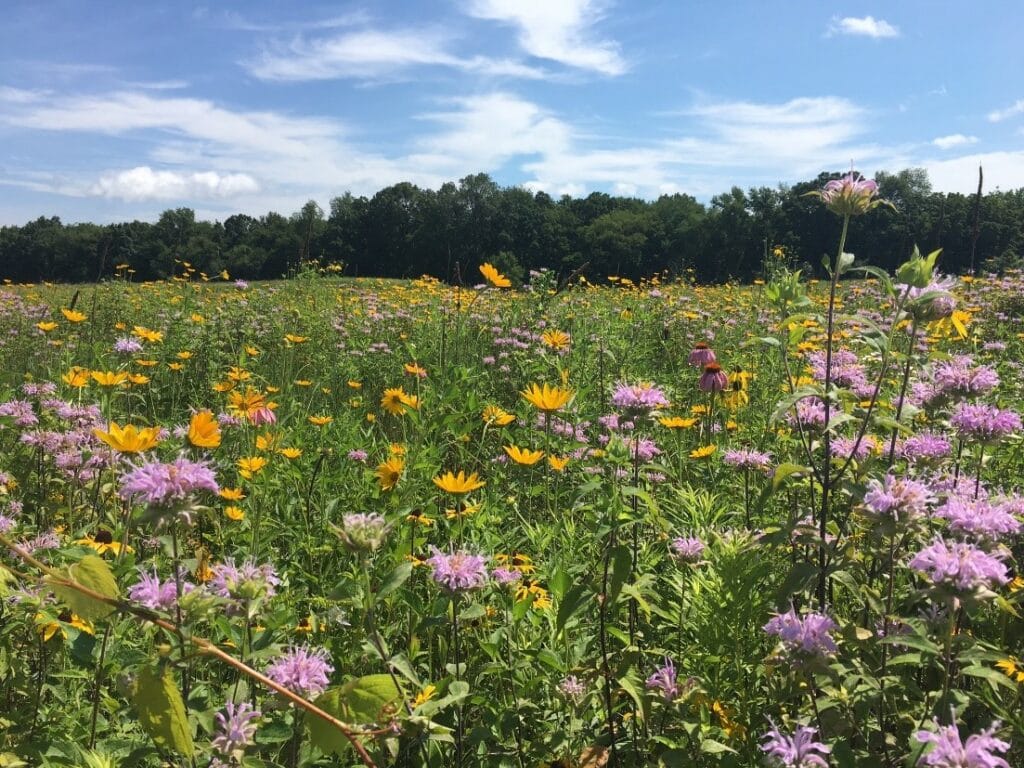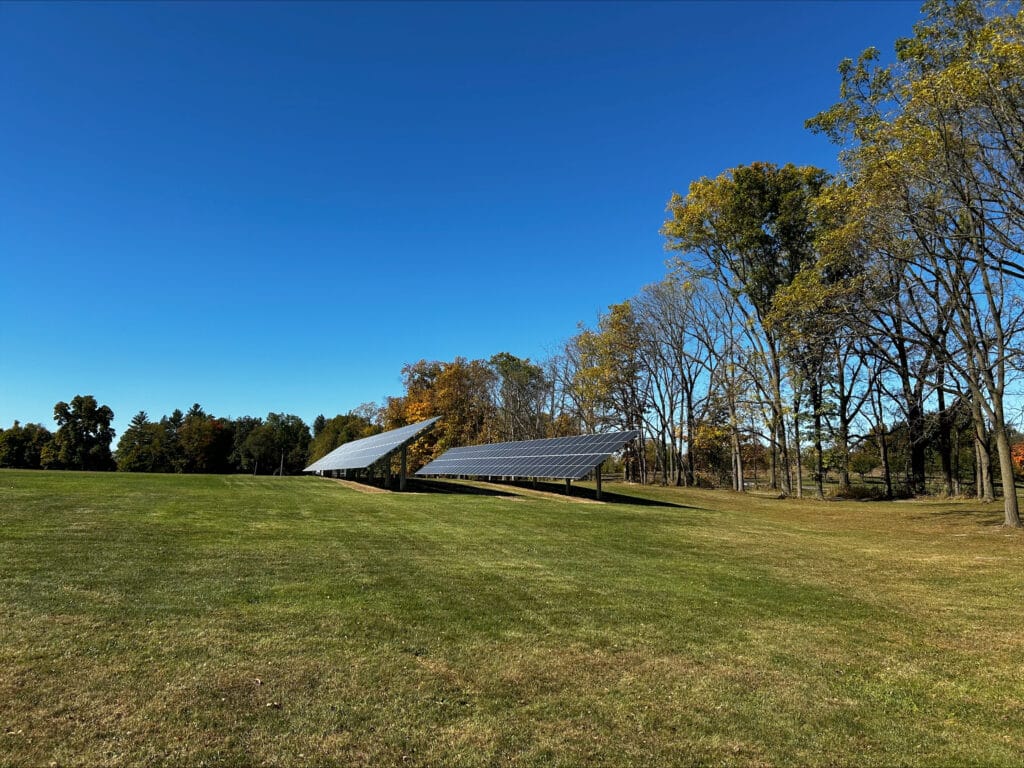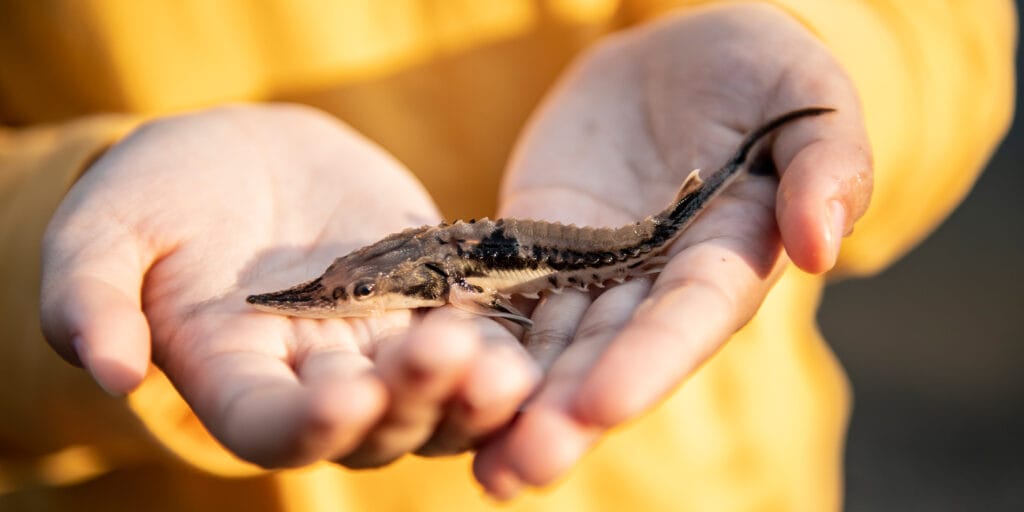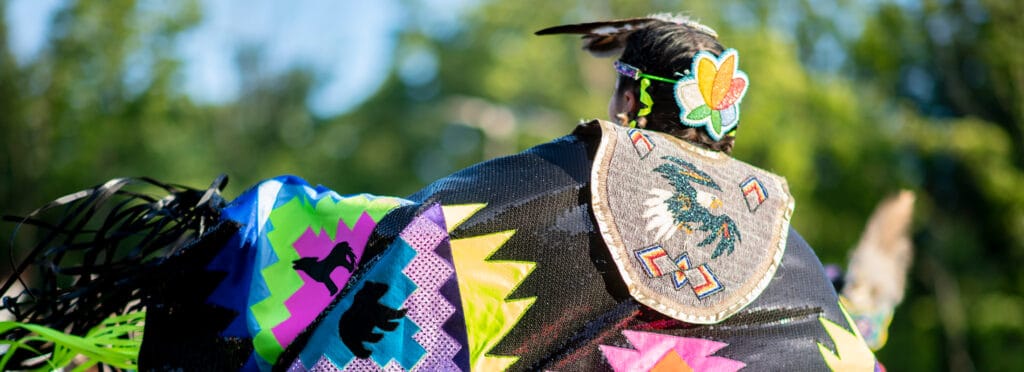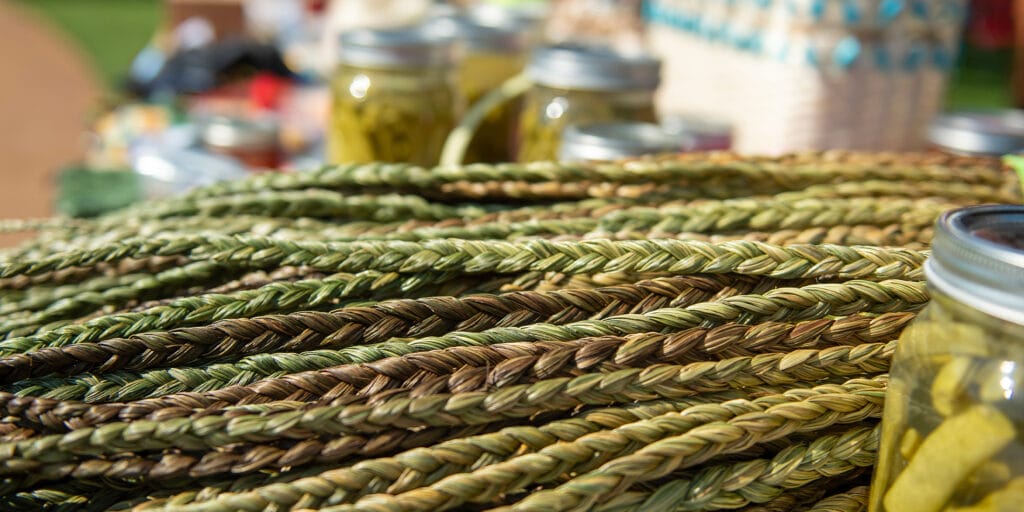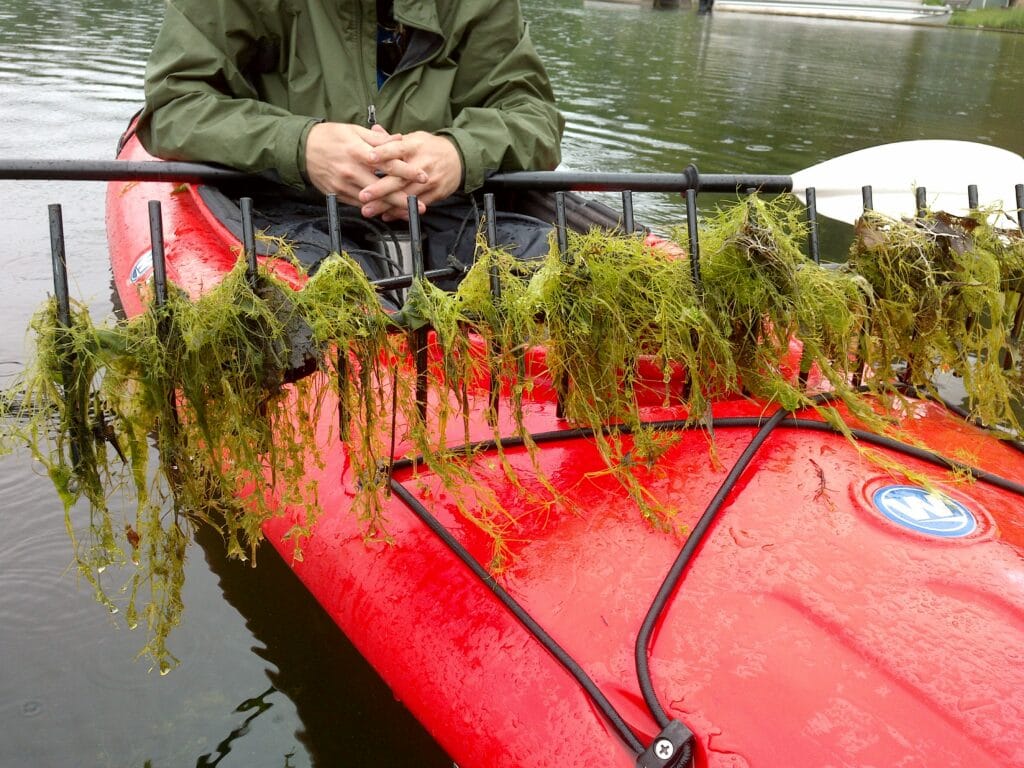Environmental Projects
Zibi Yajdan- The River Tells It
On July 25, 2010, Enbridge’s Lakehead pipeline ruptured near Marshall releasing crude oil into a nearby wetland. More than 840,000 gallons of oil flowed down Talmadge Creek, which flows into the Kalamazoo River. The oil rupture and spill activities harmed...
Woodlot Management
Woodlot management efforts include implementation of forest stewardship plans, black ash surveys, emerald ash borer monitoring and control as well as Early Detection monitoring for other forest pests
Nonpoint Source Pollution Prevention Program
The Gun Lake Tribal Nonpoint Source (NPS) Program was created in 2019. The first step was the creation of the Tribal NPS Assessment Report and Watershed Management Plan, to fulfill the EPA’s requirement for a Clean Water Act Section 319 program.
Nmè Rehabilitation
Nmé (lake sturgeon) rehabilitation is a critical effort for the Tribe, as the Kalamazoo River and Grand River nmé populations are in danger of falling below the minimum viable population level.
Natural Resource Use by Neshnabék: Past, Present and Future
As part of the global settlement for the Kalamazoo River Oil Spill, Enbridge Energy is funding a study of past, present and future uses of natural resources by Neshnabék people.
Native Grassland Management
Mshkodékik (prairies) have been an important feature to the landscape for Neshnabék people of the Great Lakes region.
Mnomen Restoration
Mnomen (wild rice) is a sacred gift from the Creator and literally translates to “good berry.”
Geté Yajtowen Action
Gun Lake Tribe believes that our land, resources and people are the basis for our spiritual life. Since the birth story of the Neshnabék, our resources and land have been our only way to live. All of our cultural resources,…
Environmental Programs – Pollution Prevention, Water Quality, Environnmental Response
Additional environmental programs and environmental capacity building aimed at protecting Grandmother Earth are funded through the United States Environmental Protection Agency (EPA).
Environmental Hazard Reporting
Members of our community are encouraged to be on the lookout for environmental hazards or potential threats to the environment.
Education and Outreach – Cultural Connection to Nature
Educational and recreational opportunities are offered throughout the year related to our projects. Educational efforts are focused on babkan zhe gajë-dayêk prevention.
Babkan Zhe Gajë-Dayêk Management
Michigan has already experienced significant negative effects from babkan zhe gajë-dayêk (invasive species) that are present on our land and in our waters.

